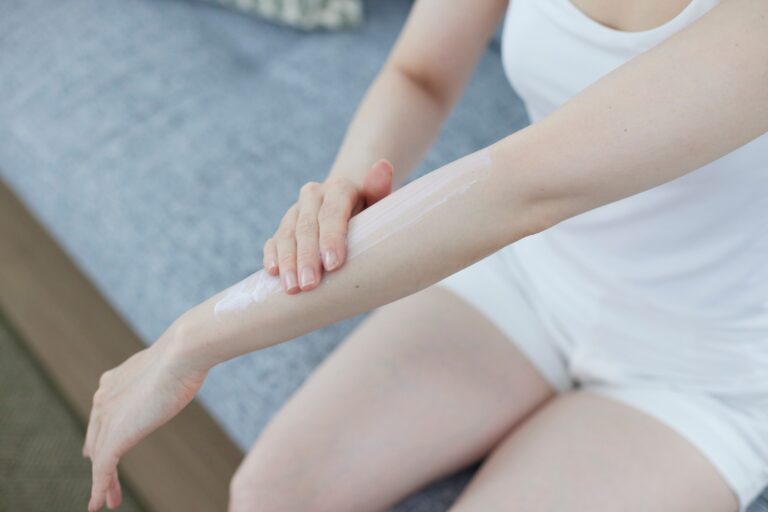The sunscreen crisis in Australia continues to escalate. Authorities have already removed 18 products from store shelves over safety concerns.
Popular sunscreens fail safety standards
In June, a consumer advocacy group revealed that several well-known sunscreens did not provide the protection they advertised. Ultra Violette’s Lean Screen Skinscreen claimed SPF 50+ but tested at only SPF 4. The company recalled it voluntarily in August.
The medicines regulator later identified 20 more sunscreens from different brands. All of them used the same base formula, which testing showed to be unreliable.
Testing shows dangerously low SPF
Preliminary investigations revealed the formula rarely exceeded SPF 21. Some products offered protection as low as SPF 4. Of the 21 products named, eight were recalled or production halted. Ten remain suspended, while two are still under review. One product is made in Australia but not sold locally.
Skin cancer risks drive public outrage
Australia has the world’s highest rate of skin cancer. Two in three Australians will require at least one cancerous skin removal during their lifetime. Strict sunscreen rules reflect these dangers. The scandal has caused nationwide anger and raised international concern. Experts now question both production processes and the reliability of SPF testing.
Manufacturer halts disputed formula
Wild Child Laboratories Pty Ltd, the company behind the base formula, has stopped producing it. Chief executive Tom Curnow said regulators found no issues at its facility. He argued the discrepancies reveal a broader problem across the sunscreen industry.
US testing lab under investigation
Regulators have long questioned whether SPF testing is too subjective. In their latest update, they raised serious concerns about Princeton Consumer Research Corp, a US-based laboratory. Many sunscreen brands relied on its results to verify SPF claims.
Mr Curnow confirmed Wild Child has ended ties with the US lab. He said the company now works with accredited independent testers. Regulators contacted all firms linked to the disputed formula or the lab. They also wrote to Princeton Consumer Research Corp but have not received a response.


